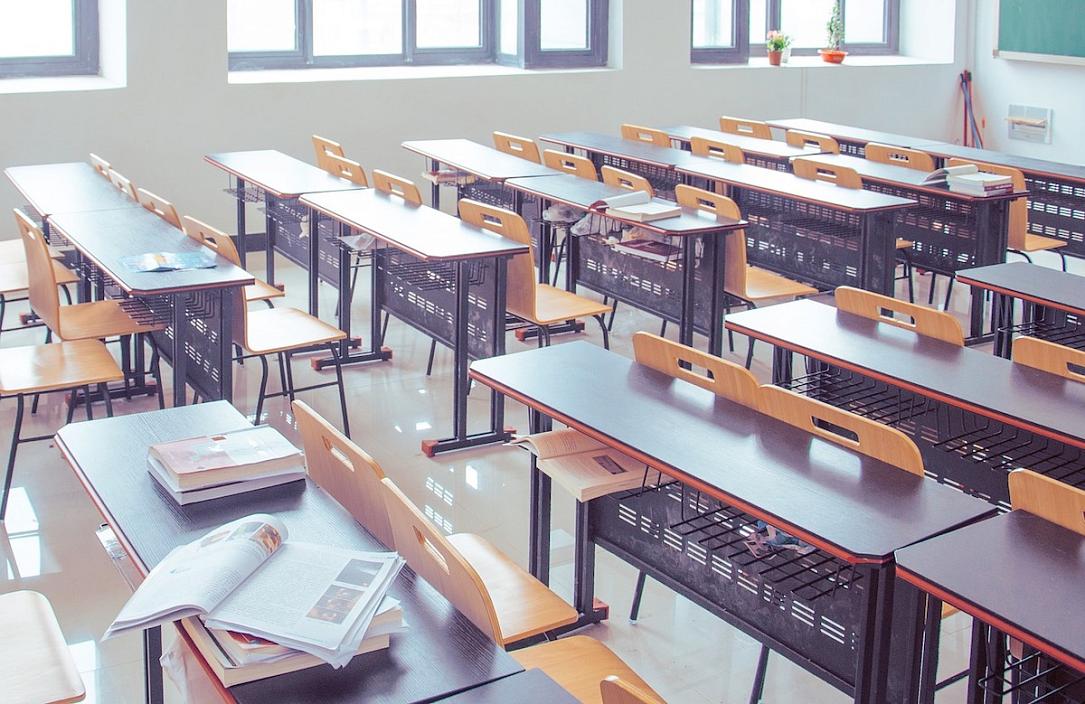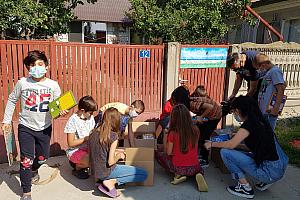RO Govt. earmarks money to bring down early school dropout rate

Romania’s Government, in its December 30 meeting, approved, among others, a plan to provide preferential financing to 3,250 selected schools in mostly rural low-income communities and train teachers in those schools. The plan is aimed at bringing the national-level early school dropout rate down to 9% by 2030 - from 15.7% in 2019 ( 16.4% in 2018 and 18.1% in 2017).
The financing will be provided under the Recovery and Resilience Program. But the minister of education Sorin Cimpeanu, attending the press conference after the Government meeting, failed to explain how exactly the money would be used.
The highest dropout rates are seen in poor rural communities, where the disruption in the educational process during the pandemic caused the deepest damages among pupils.
The Government is ready to provide EUR 200,000 per school and separately finance special training for some 45,000 teachers. Each of the 3,250 schools under the program has 100-128 pupils.
Early school leaving refers to people aged 18 to 24 who have completed at most lower secondary education and are not involved in further education or training. They are more likely to face difficulties when looking for a job or to earn less once they find one.
In the school year 2018-2019, 6% of the pupils who enrolled in primary school in 2010-2011 (therefore must have graduated the secondary school in 2018-2019) in urban areas dropped out of school, compared to 18.9% in rural areas, according to official data from the Ministry of Education quoted by Edupedu.ro.
Almost a quarter of the 2010-2011 school cohort was lost during primary and secondary cycles in rural areas (23.1%) compared to 8.2% in urban areas.
(Photo: Pixabay)
andrei@romania-insider.com













